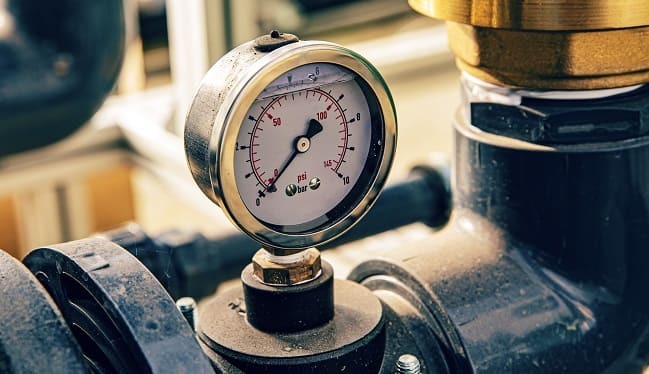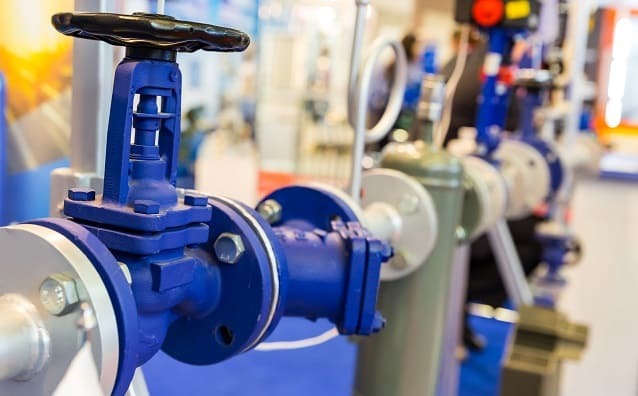
 Data Structure
Data Structure Networking
Networking RDBMS
RDBMS Operating System
Operating System Java
Java MS Excel
MS Excel iOS
iOS HTML
HTML CSS
CSS Android
Android Python
Python C Programming
C Programming C++
C++ C#
C# MongoDB
MongoDB MySQL
MySQL Javascript
Javascript PHP
PHP
- Selected Reading
- UPSC IAS Exams Notes
- Developer's Best Practices
- Questions and Answers
- Effective Resume Writing
- HR Interview Questions
- Computer Glossary
- Who is Who
What is the full form of FPRC?
Introduction
Fuel Pressure Regulator Circuit (FPRC) is an electrical component that manages the fuel pressure in the engine's fuel injection system. A closed-loop control system adjusts the fuel pressure in response to changes in engine load and speed.

The FPRC is composed of a fuel pressure regulator, a pressure sensor, and an electronic control unit (ECU). Any variations in the fuel pressure in the fuel rail are signalled to the ECU via the pressure sensor. The fuel pressure regulator is given instructions by the ECU to adjust the fuel pressure as necessary once this signal has been analysed. With the help of this device, fuel pressure is maintained within a predetermined range, improving engine efficiency and performance.
Working principle of FPRC
A fuel pressure regulator circuit (FPRC) is used in the fuel injection system of an automobile engine. Its primary responsibility is to regulate the fuel pressure that is given to the fuel injectors, ensuring that the engine receives the proper dosage of fuel for efficient operation.
The FPRC's primary concept is pressure equilibrium. The device has a gasoline flow- controlling valve connected to a spring-loaded diaphragm. As the fuel pressure in the fuel rail increases, the diaphragm compresses the spring, opening the valve and releasing extra fuel back into the fuel tank.
The spring, on the other hand, compresses when fuel pressure falls, shutting the valve and allowing fuel to enter the fuel rail. The fuel pressure must be regularly regulated for the engine to receive the right amount of petrol, which is necessary for peak performance and fuel economy.
Components of FPRC
A few of these components incorporate:
The main portion of the fuel pressure regulator (FPRC), which controls fuel pressure to ensure ideal engine execution, is the fuel pressure controller.
Fuel Pump The FPR must regulate the fuel pump's output pressure because it is responsible for pushing fuel from the tank to the engine.
Fuel Filter By eliminating contaminants from the petrol before it enters the engine, the fuel filter cleans and safeguards the fuel system's components.
Fuel Injectors The efficiency of the fuel injectors, which deliver fuel directly into the engine's combustion chambers, depends on the FPR's management of fuel pressure.
The engine control module (ECM) receives a signal from the pressure sensor, which then uses it to determine the fuel pressure and adjust the fuel flow as necessary.
Vacuum Hose In order for the fuel pressure regulator to work, a vacuum signal must be sent by the vacuum hose.
Applications of FPRC
Fuel pressure regulator circuits (FPRCs) are used in the fuel system of internal combustion engines to regulate the fuel pressure that is delivered to the fuel injectors. Both petrol and diesel engines typically use them.

FPRCs are frequently used in the aviation and automotive industries. In the automotive sector, FPRCs are used in trucks, heavy-duty vehicles, and passenger cars. FPRCs are used in aircraft engines in the aviation sector to maintain the proper fuel pressure required for efficient combustion.
Fuel cells, which deliver vitality, utilize FPRCs. To keep the fuel cell working at the proper pressure, the FPRC controls the stream of hydrogen gas to the device.
FPRCs are too utilized in mechanical furnaces, boilers, and other heating devices. Moreover, they are utilized to control the weight of hydraulic liquid, which powers a few sorts of industrial apparatus like hydraulic presses and punching machines.
Conclusion
In summary, fuel pressure regulator circuits are fundamental for controlling the fuel pressure in a motor. By maintaining a steady fuel pressure level, they make beyond any doubt the engine works viably, avoiding harm and improving execution. Fuel pressure regulators, petrol lines and vacuum lines are only a number of the parts that make up FPRCs. In spite of the fact that they can be utilized in other fuel-related frameworks, they are most frequently utilized in car applications. FPRCs are for the most part a crucial component of numerous engines and are key to the proficiency and lifetime of those engines.
FAQs
Q1. Is it possible to fix a fuel pressure regulator circuit?
Ans: A damaged fuel pressure regulator circuit will typically need to be replaced instead of repaired. To ensure the right repair or replacement is made, it's crucial to have a competent mechanic analyze the problem.
Q2. What distinguishes a gasoline pump from a fuel pressure regulator?
Ans: Fuel is pumped from the fuel tank to the engine by a fuel pump, while a fuel pressure regulator controls the fuel pressure in the fuel system.
Q3. How frequently should a circuit for a fuel pressure regulator be inspected?
Ans: Depending on the vehicle and mileage, an inspection of a fuel pressure regulator circuit should be performed every 30,000 to 60,000 miles.

